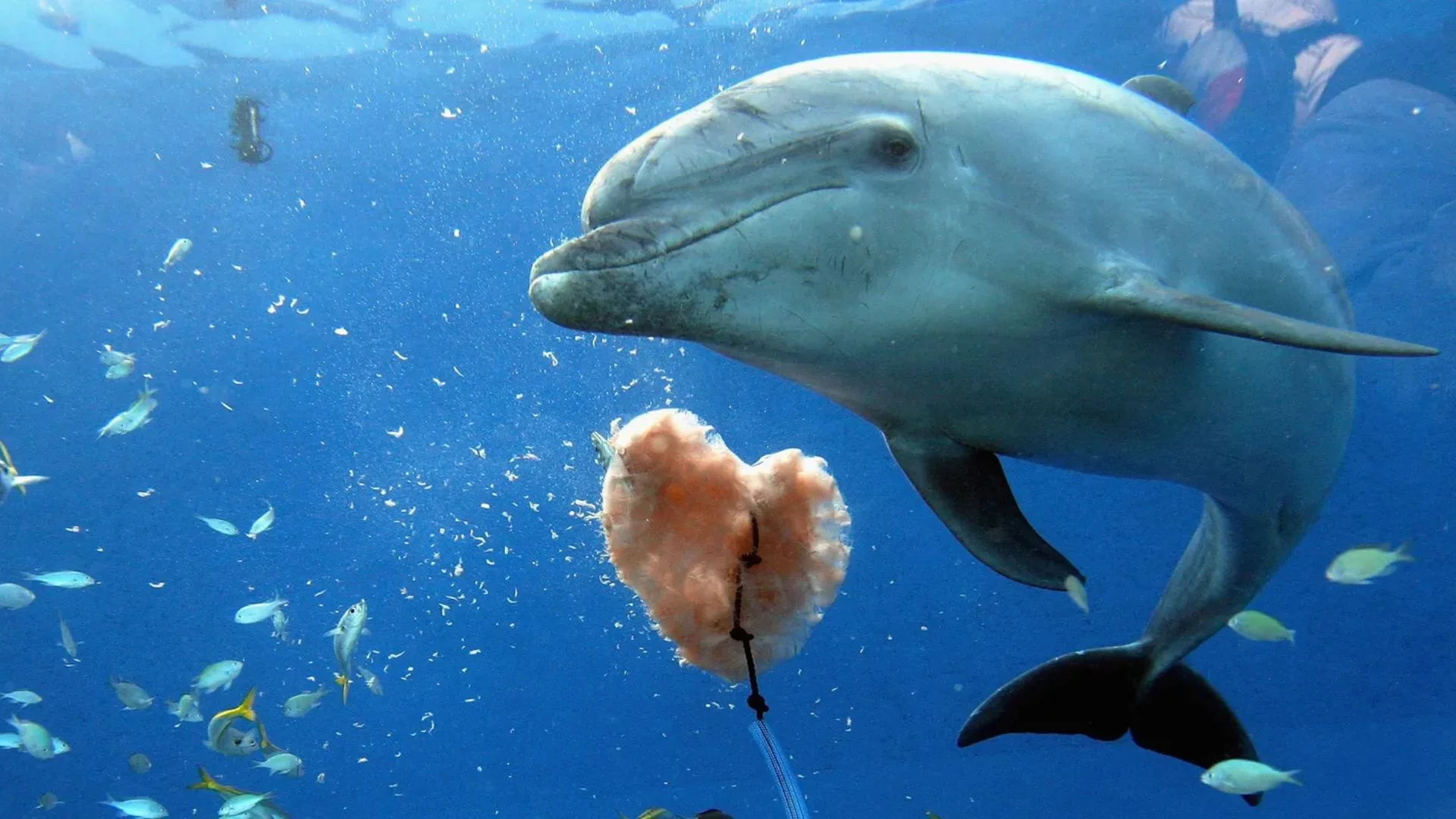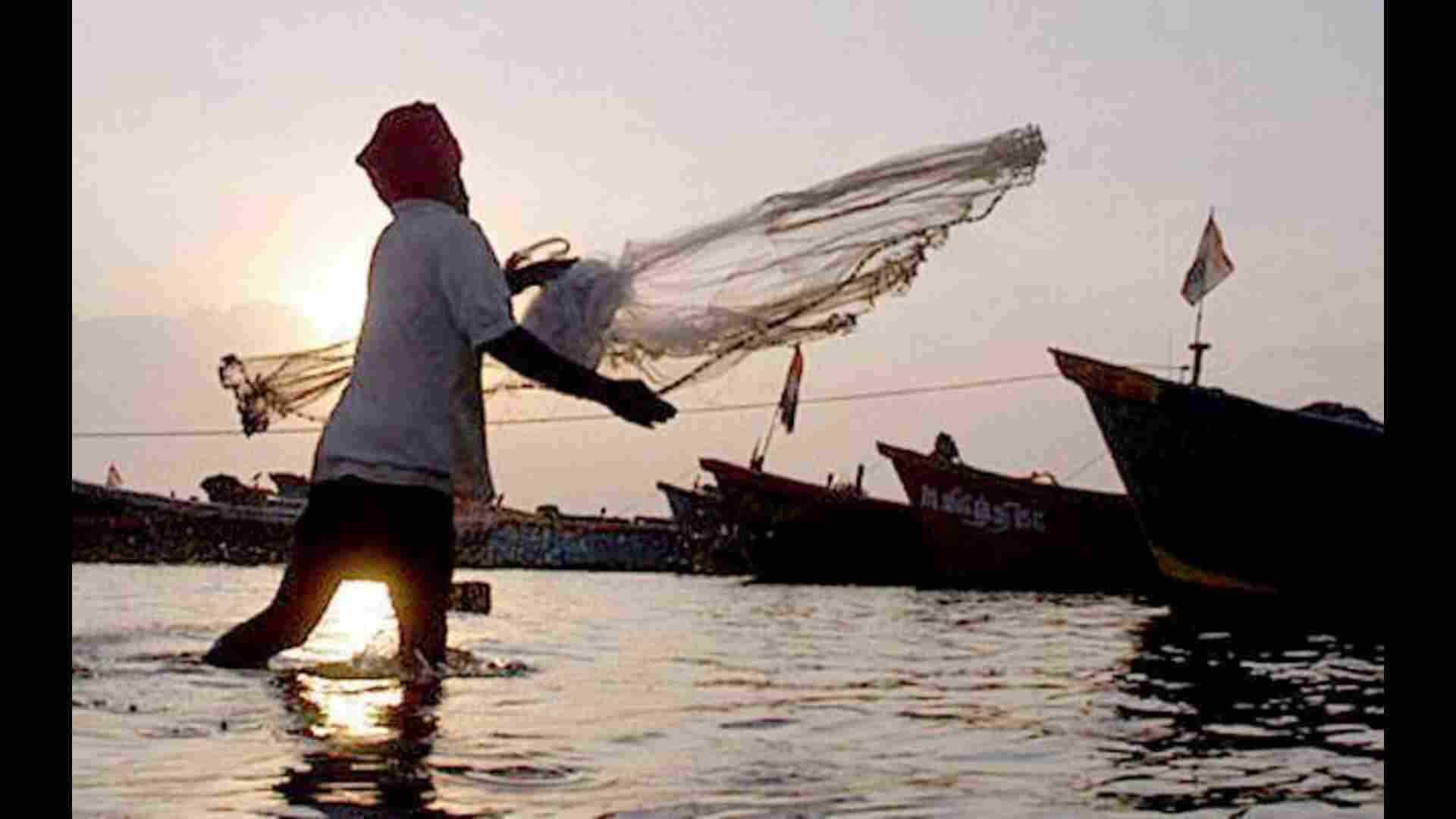A lone bottlenose dolphin, possibly separated from its pod, is believed to be responsible for a series of troubling attacks on swimmers in Tsurga, Fukui Prefecture, Japan. The latest incident occurred on August 20, when a man in his 50s was bitten on both hands while trying to fend off the dolphin. This marks the 18th reported attack since July 21, with two incidents happening in just two days.
In the past three years, the region has recorded over 48 dolphin bite incidents. While many bites were minor, some victims sustained serious injuries, including broken bones. Recently, an elementary school child required 20 to 30 stitches after a bite, as reported by coastguard official Shoichi Takeuchi. To manage the recent attack, beach staff had to use water skis to lure the dolphin away from the swimming area.
The Coast Guard issued a notice warning about the increasing risk of dolphin bites, citing numerous incidents last year that required more than 10 stitches for some victims.
Researchers speculate that the aggressive behavior may be linked to a solitary male dolphin identified by distinctive markings on its dorsal fin, similar to fingerprints. Tadamichi Morisaka, a researcher from the Cetacean Research Center at Mie University, noted that the dolphin’s behavior is unusual and likely stems from its isolation. He suggested that the dolphin’s actions may stem from a desire for human interaction rather than malice.
Elizabeth Hawkins, Chief Executive and Founding Director of Dolphin Research Australia, supported this theory, noting that isolated dolphins can become pushy and aggressive. She stressed the importance of giving the dolphin space to avoid further incidents.
Local authorities are closely monitoring the situation and advising swimmers to exercise caution when entering the water.







